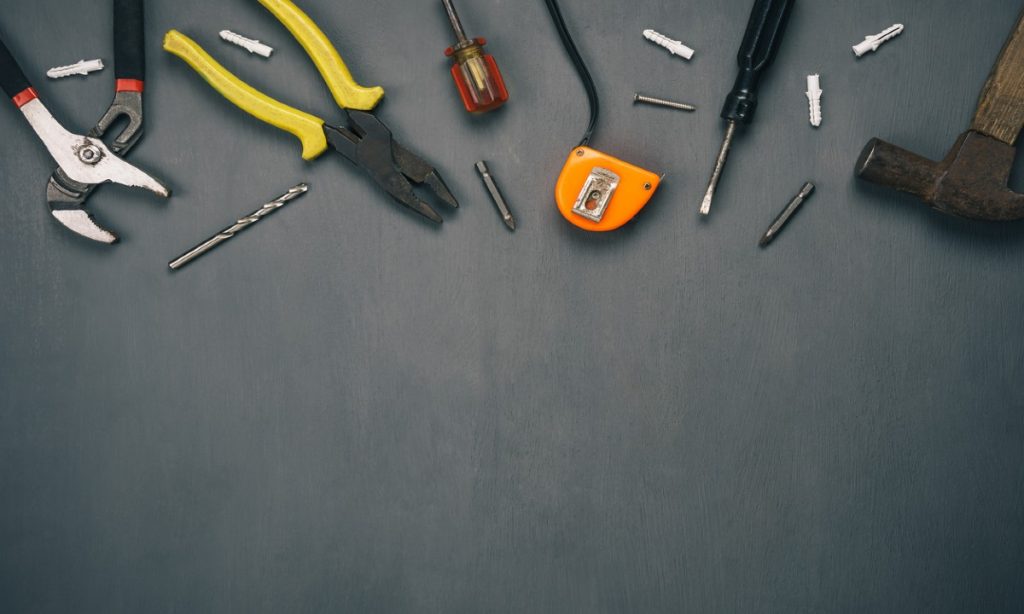A Guide for You To Learn the Basics of Woodworking

Woodworking is no less than an art — it’s a process of building chairs, tables, cabinets, and decorative items out of wood. While that may sound simple, a sea of information and skill is required to actually build these items from scratch. You need to learn the different building techniques, get your hands on a woodworking kit, and know about the different types of wood, tools, terminologies, techniques, and whatnot!
If woodwork excites you, you may want to start by digging in and understanding the basics. Consider this small guide a quick 101 of woodworking. Let’s get started then, shall we?
INTRODUCTION TO WOODWORKING TERMS
Woodwork isn’t just building ornaments or furniture items. It’s a thousand-year-old craft, spanning multiple continents. It’s science. It’s art. It’s the passion, dream, and livelihood of many people.
Wood is one of the first materials used by early humans for tools and utensils. It continues to be those things and a lot more today. As an aspiring woodworker, here are some terminologies you need to familiarize yourself with:
Routing
This is the process of cutting, trimming, and shaping wood. The tool used for this process is called a router that helps taper edges and cut grooves in furniture and cabinets.
Planing
The process of removing any excess material from wood is known as planing. It’s done either using a planer machine or with a hand tool.
Jointing
The process of gluing a wooden board to another, both flat and angled, is called jointing.
Drilling
Drilling is done using a machine and drill bit. There are about 47 sizes of drill bits to choose from and the size you choose depends on your wood’s type and the size of hole you need to create.
Gluing
Gluing is the process of joining two pieces of wood. The glue used (German glue) is so strong that the glued piece is stronger than the wood itself.
Sawing
There are many different types of saws used for sawing and every project starts with cutting down wood. Following is a list of the most commonly used saws:
- Table saws
- Circular saws
- Hand saws
- Chainsaws
- Jigsaws
- Bandsaws
- Miter saws
Sanding
Sanding is when you use a hand sander or sandpaper to scrape off wood to develop a finer grit. It’s how you smooth the wood’s surface.
Finishing or polishing
This is the final step of preparing any wooden item. You do this by refining and protecting the wooden surface by means of a surface polish or a penetrating finish.
THE TOOLS YOU’RE GOING TO NEED TO GET STARTED
Saws
We’ve highlighted these above — no woodworking project starts without saws. Now, whether you go with a handsaw or any of the electrical saws is entirely up to you and the project’s requirements.
Drills
If your work requires deeper holes, you may need to invest in a drill press. For basic holes required for screwing, you may go with a battery-powered drill.
Chisels
Chisels are used as a pair with a mallet or hammer. They’re used to make carvings and shapes inside the wood.
Clamps
Clamps are important to join and fortify two wooden boards. It’s an essential item in any wood shop.
Sanders
You may use sandpaper or a proper wood sander — both of them are used for smoothing out the surface of the wood.
WOODWORKING AS A CAREER
Professional woodworkers could design and create in several departments — furniture companies, musical instruments, kitchen designing, and more!
Once you have the know-how of the fundamentals of woodworking, you can either take up a course or start practicing right away. YouTube will be your personal tutor all along. Once you’re skilled enough, you can start taking up projects as a contractor, set up a wood shop, or work at a company that pays well!
SUMMING UP
Woodworking can be an excellent hobby and turn into a full-time business from home. Social media is your market and all you need to do is create trendy designs that click! Before summing up — while we appreciate your enthusiasm, make sure to always be cautious and keep safety at the top of your mind. Good luck!
